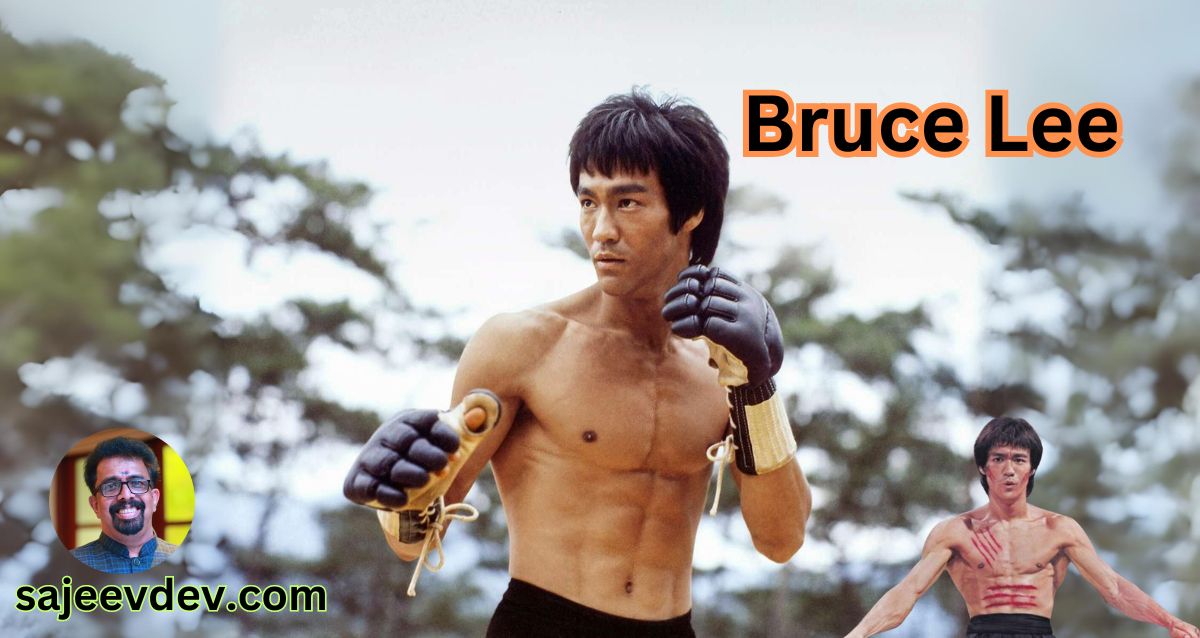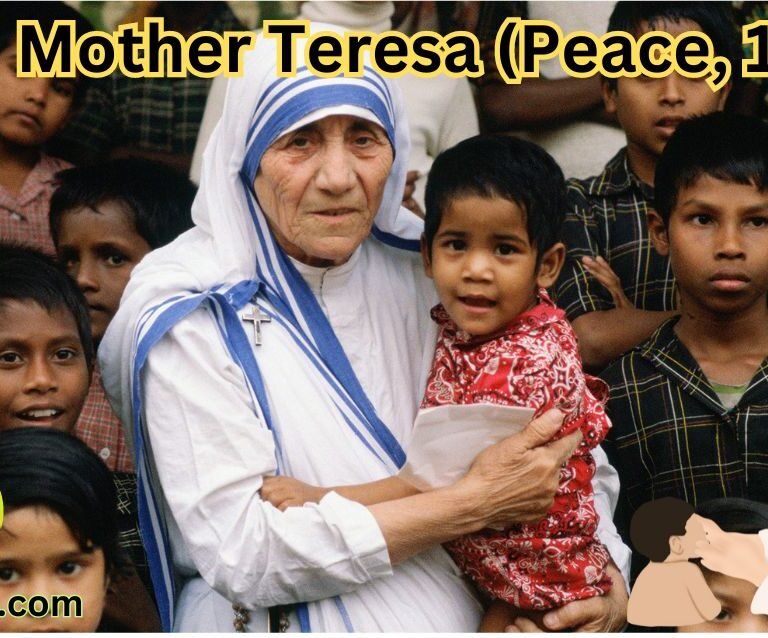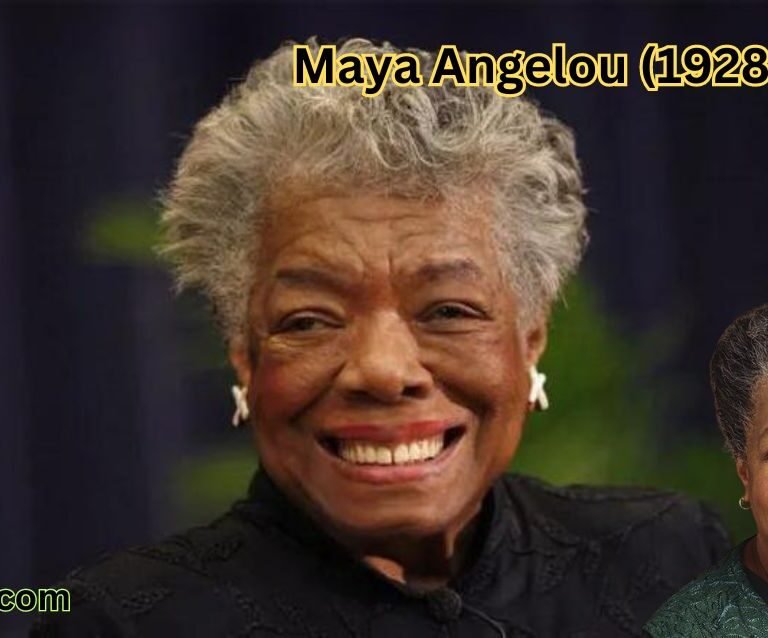Bruce Lee was a Hong Kong-American martial artist, actor, and cultural icon
Bruce Lee was a Hong Kong-American martial artist, actor, and cultural icon whose legacy continues to resonate worldwide. Born on November 27, 1940, in San Francisco, California, Lee embodied a unique blend of Eastern and Western influences that profoundly shaped his identity. His early life was marked by a bilingual upbringing as he navigated both Chinese and American cultures, deftly straddling two worlds. His father, Lee Hoi-chuen, was a renowned Cantonese opera singer, which exposed Bruce to the performing arts from a young age. This cultural duality would later influence his approach to martial arts and philosophy.
Lee’s initial interest in martial arts was sparked in his childhood. Moving back to Hong Kong at a young age, he began training in Wing Chun under the tutelage of the legendary Ip Man. This early martial arts training laid the foundational skills that Lee would later expand upon and innovate. His return to the United States for higher education allowed him to cross-pollinate Eastern martial arts techniques with Western ideologies of physical fitness and personal development. His diverse background enabled him to pioneer a new approach to martial arts that defied traditional boundaries.
Bruce Lee’s multicultural background also cultivated his resilience and adaptability. Growing up in a minority community in America, he faced racial prejudices that fueled his determination to succeed. This fortitude is evident in his relentless pursuit of excellence in martial arts and his groundbreaking contributions to the film industry. By integrating philosophy, physical conditioning, and martial arts, Lee’s approach transcended mere fighting techniques to evolve into a holistic way of life that emphasized self-expression and personal growth.
Early Training and Martial Arts Journey
Bruce Lee’s journey in martial arts began at an early age in Hong Kong, where he first encountered the art of Wing Chun. At just 13 years old, Lee started training under the tutelage of the legendary martial artist, Ip Man. This foundational period was pivotal, as Lee immersed himself rigorously in the disciplines and philosophies of Wing Chun. Ip Man, renowned for his expertise and measured approach, was instrumental in shaping Lee’s technical skills, fortitude, and understanding of martial arts principles. Despite his youth, Lee demonstrated exceptional dedication and an insatiable hunger for refinement and excellence.
His training regimen under Ip Man was extensive and demanding. Lee would often engage in hours of practice, honing not only his physical abilities but also the mental and philosophical aspects of martial arts. This intense period of study included mastering close-range combat techniques, internal energy cultivation, and the fundamental strategies of Wing Chun. These early years were critical in forming the bedrock of Lee’s martial arts prowess and contributed significantly to his future development of Jeet Kune Do, a philosophy and fighting style that emphasized directness, simplicity, and freedom of expression.
During his teenage years, Lee faced numerous challenges. Hong Kong’s environment at that time was rife with gang culture, and Lee, like many of his peers, had brushes with these influences. However, his commitment to martial arts offered a disciplined path that steered him away from potential entanglements with gang activities. Through martial arts, Lee found a channel for his formidable energy and an outlet for his innate talents. He participated in early competitions, which not only tested his abilities but also provided crucial life lessons in perseverance, respect, and humility.
The formative years of Bruce Lee’s training were characterized by an unwavering commitment to mastering Wing Chun, overcoming personal and societal challenges, and laying the philosophical groundwork for what would eventually evolve into Jeet Kune Do. His journey under Ip Man’s guidance set the stage for his later innovations and enduring legacy in the world of martial arts.
The Creation of Jeet Kune Do
Jeet Kune Do (JKD) stands as Bruce Lee’s most significant contribution to the realm of martial arts, transcending mere technique to embody a holistic philosophy of combat. Conceived amidst Lee’s rigorous exploration of various martial arts forms, Jeet Kune Do signifies a radical departure from conventional, regimented systems. This innovative approach underscores flexibility and practicality, aligning martial arts with real-world situations rather than traditional, ritualistic practices.
Central to the ethos of Jeet Kune Do is the concept of interception, famously encapsulated in its name, which translates to “The Way of the Intercepting Fist.” This principle emphasizes the importance of preempting an opponent’s attack, an idea that fosters proactive engagement. Efficiency forms another core tenet of JKD, whereby every movement is honed for maximum effectiveness with minimal effort and wasted motion. This mirrors Lee’s famous dictum, “Absorb what is useful, discard what is not, and add what is uniquely your own.”
Simplicity also plays a crucial role in the JKD philosophy. Bruce Lee argued that the complexities and embellishments often found in traditional martial arts could prove detrimental in actual combat scenarios. As a result, Jeet Kune Do focuses on direct, uncomplicated techniques that can be executed seamlessly under pressure. This synthesis of simple yet powerful movements allows practitioners to react swiftly and efficiently, adapting themselves fluidly to the changing dynamics of a fight.
Lee’s method of amalgamating elements from diverse martial disciplines—ranging from Wing Chun and Western boxing to fencing and more—enabled JKD to evolve into a hybrid approach. This adaptability fosters personal expression, allowing each practitioner to tailor their techniques to their unique strengths and circumstances. By promoting an individualized martial arts journey, Jeet Kune Do empowers its adherents to transcend the boundaries of fixed forms, offering a pathway to mastery that is both flexible and practical.
Thus, through Jeet Kune Do, Bruce Lee not only reshaped martial arts but also introduced a paradigm of combat that champions efficiency, simplicity, and personal adaptation. This groundbreaking approach continues to influence martial artists worldwide, underscoring Lee’s enduring legacy as a true innovator in the martial arts community.
Bruce Lee’s Film Career and Cultural Impact
Bruce Lee’s exceptional martial arts skills found a global audience through his groundbreaking film career. His journey from television to major motion pictures not only showcased his talents but also laid the groundwork for his legacy. Beginning with his role as Kato in the television series The Green Hornet, Lee demonstrated his charisma and martial arts prowess, setting the stage for future successes. His dynamic portrayal in this series caught the eye of audiences and producers alike, leading to more significant opportunities in film.
Lee’s transition to cinema was further solidified with iconic roles in films such as The Big Boss, Fist of Fury, and Way of the Dragon. In these movies, he not only performed thrilling fight scenes but also introduced philosophical elements of martial arts, reflecting his deep understanding of the discipline. His influence reached a zenith with the release of Enter the Dragon in 1973, which became one of the highest-grossing films of the year and remains a classic in martial arts cinema. This film particularly highlighted Bruce Lee’s unique style, Jeet Kune Do, and introduced it to a global audience, further cementing his status as a martial arts innovator.
Beyond his revolutionary combat techniques, Bruce Lee’s on-screen presence played a crucial role in dismantling racial stereotypes. At a time when Hollywood was rife with typecasting and racial bias, Lee emerged as a strong, intelligent, and charismatic Asian lead. This representation challenged the prevailing norms and opened doors for future generations of Asian actors. His depiction of resilience and fortitude resonated with viewers around the world, turning him into a cultural icon.
Bruce Lee’s films not only popularized martial arts but also served as a bridge between Eastern and Western cultures. Through his cinematic endeavors, he became a cultural ambassador, showcasing the virtues of martial arts, such as discipline, respect, and self-improvement. His legacy endures, inspiring countless individuals to explore martial arts and embrace the philosophical teachings he championed.
Philosophy and Writings
Bruce Lee was not only a martial arts icon but also a deep thinker and philosopher. His philosophy, strongly influenced by both Eastern and Western thought, centered on themes of self-actualization, personal development, and the integration of mind, body, and spirit. These ideas are most prominently reflected in his seminal work, “Tao of Jeet Kune Do.” Lee’s writings extend beyond mere martial techniques to encompass a holistic approach to life and self-discovery.
At the core of Lee’s philosophy was the notion of self-actualization. He emphasized that an individual must continually strive to reach their fullest potential. Lee’s thoughts on self-actualization were influenced by humanistic psychology, particularly the works of Abraham Maslow. He believed that understanding oneself and one’s capabilities was crucial to achieving personal growth. This approach required constant self-examination, self-discipline, and a relentless pursuit of knowledge and improvement.
Another significant aspect of Lee’s philosophy was his belief in the fluidity of the human experience. He often spoke about the importance of being like water, adaptable and formless. This concept is not merely about physical adaptation in martial arts but also about mental flexibility and openness to change. In “Tao of Jeet Kune Do,” Lee advocated for the dissolution of rigid structures and styles, encouraging a more personalized and intuitive approach to martial arts and life.
Bruce Lee’s philosophical framework integrated the body, mind, and spirit, reflecting a holistic view of human potential. He devoted much of his life to the development of physical prowess, yet he equally stressed the importance of mental cultivation and spiritual insight. His writings delve into meditative practices, mindfulness, and the significance of maintaining a balanced life. By unifying these elements, Lee believed an individual could achieve true harmony and effectiveness in their personal and professional endeavors.
In summary, Bruce Lee’s intellectual pursuits provided a rich backdrop to his martial arts practice, underscoring the depth and breadth of his influence. His exploration of self-actualization, personal development, and the integration of mind, body, and spirit were not just theoretical musings but practical guidances that he embodied in his life and teachings. Through his writings, Bruce Lee’s legacy continues to inspire individuals to pursue a journey of holistic self-improvement.
Training Methods and Physical Conditioning
Bruce Lee’s approach to physical fitness was nothing short of revolutionary. By blending traditional martial arts practices with contemporary training techniques, he forged a path that many fitness enthusiasts continue to follow today. Lee was a firm believer in the importance of holistic physical conditioning, integrating strength training, cardiovascular fitness, and flexibility exercises into his regime.
Central to Bruce Lee’s strength training regimen was circuit training, an innovative method that alternates between different exercises to maximize efficiency and keep the heart rate elevated. His circuits often included a combination of weightlifting, bodyweight exercises, and plyometrics to develop explosive power and muscular endurance. Notably, Lee’s routine encompassed various forms of resistance training, including the use of barbells, dumbbells, and his own body weight, focusing on compound movements that engaged multiple muscle groups concurrently.
Bruce Lee also incorporated isometric exercises into his fitness program. Isometric training involves contracting muscles against an immovable force, enhancing strength without requiring dynamic movement. Examples from Lee’s regimen include pushing against walls or holding static positions like the plank, contributing to his renowned physical strength and muscle endurance.
Cardiovascular conditioning was another integral part of Bruce Lee’s fitness journey. He believed that a strong heart and lungs were essential for overall physical performance. Lee’s workouts typically involved high-intensity activities such as running, cycling, and rope jumping, which bolstered his cardiovascular health and stamina. His dedication to cardio exercises enabled him to maintain an exceptional level of fitness and endurance, crucial for his demanding martial arts practice.
Flexibility was equally important to Bruce Lee, who practiced various stretching routines to maintain his range of motion and prevent injuries. He utilized both dynamic stretches, which involve movement, and static stretches, which are held for extended periods, to achieve and maintain his extraordinary flexibility.
Nutrition also played a pivotal role in Lee’s training methods. He followed a diet rich in protein, carbs, and fats in balanced proportions to fuel his intense workouts. His meals included lean meats, vegetables, whole grains, and supplements like protein shakes, emphasizing the significance of a well-rounded diet in achieving optimal physical conditioning.
Bruce Lee’s innovative training methods not only set a new standard in the realm of martial arts but also significantly influenced modern fitness regimes. His commitment to constant improvement serves as an enduring inspiration, demonstrating the potential of a well-structured and balanced fitness program.
Challenges and Adversities
Bruce Lee’s path to becoming a martial arts legend and the founder of Jeet Kune Do was fraught with numerous challenges. As an Asian actor in Hollywood during the 1960s and 1970s, Lee encountered significant racial discrimination that hindered his career. Despite his exceptional talent in martial arts and acting, he was often stereotyped and relegated to minor roles, or even entirely overlooked for major opportunities that went to his white counterparts.
One of the most notable examples of this discrimination was Lee’s experience with the television series “Kung Fu.” Although the show was based on a concept he developed, he was not cast in the lead role, which ultimately went to a white actor. This setback exemplified the systemic barriers that Lee constantly had to navigate throughout his career.
Beyond racial challenges, Lee also faced significant physical adversities. A severe back injury in 1970 nearly paralyzed him and temporarily halted his martial arts training and acting career. This injury was a crucial test of his mental and physical resilience. Instead of succumbing to despair, Lee devoted his recovery period to intense study and refinement of his martial arts philosophy, which led to the further development of Jeet Kune Do’s principles.
Public skepticism was yet another hurdle Bruce Lee encountered. His revolutionary approach to martial arts, emphasizing fluidity, practicality, and the abandonment of traditional constraints, was met with resistance by traditional martial arts communities. Many practitioners were skeptical of his methods and questioned the legitimacy of Jeet Kune Do. Nevertheless, Lee’s unwavering belief in his philosophy, coupled with his exceptional skill and charismatic persona, eventually silenced his critics and gained him a devout following.
Bruce Lee’s ability to overcome these adversities – from racial discrimination and debilitating injuries to public skepticism – speaks to his indomitable spirit and determination. Lee’s mental toughness and resolute commitment to his goals continue to inspire countless individuals worldwide, ensuring his legacy endures long after his untimely death.
Legacy and Continuing Influence
Bruce Lee’s legacy is a testament to his transformative impact on martial arts, the film industry, and broader cultural landscapes. His innovative approach to martial arts, particularly through the creation of Jeet Kune Do, revolutionized traditional combat philosophies by emphasizing adaptability, practicality, and personal expression. Martial artists around the world continue to draw inspiration from his teachings, integrating elements of Jeet Kune Do into their practices and pushing the boundaries of fighting techniques and philosophies.
Beyond martial arts, Bruce Lee’s influence permeates the film industry. His iconic roles in movies such as “Enter the Dragon” and “The Way of the Dragon” introduced a new wave of martial arts cinema, blending intense action sequences with profound philosophical narratives. Lee’s cinematographic style and charisma broke cultural barriers, bringing Asian martial arts into the global spotlight and inspiring countless filmmakers and actors. His films remain enduring classics, studied and revered by both contemporary filmmakers and movie enthusiasts.
Lee’s impact is also evident in popular culture. From video games to books, his image and philosophies continue to inspire new generations. His famous quotes, such as “Be water, my friend,” have transcended their original context, becoming mantras for personal development and philosophical introspection. Bruce Lee’s persona encapsulates the spirit of relentless pursuit of self-improvement, resilience, and adaptability, influencing diverse fields beyond martial arts and cinema.
The Bruce Lee Foundation plays a pivotal role in ensuring that his legacy endures. Through educational programs, scholarships, and community initiatives, the foundation promotes Bruce Lee’s philosophies and teachings. Their efforts focus on empowering individuals to embrace his principles of self-expression, discipline, and innovation. Additionally, various initiatives dedicated to preserving and disseminating Bruce Lee’s teachings contribute to maintaining his relevance in contemporary discussions on martial arts and personal growth.
Bruce Lee’s profound contributions continue to resonate, encapsulating a universal vision of self-betterment and intercultural understanding. His teachings and influence, preserved and promoted by dedicated institutions, remain as impactful today as they were during his lifetime, ensuring that future generations can draw upon his wisdom and legacy.









